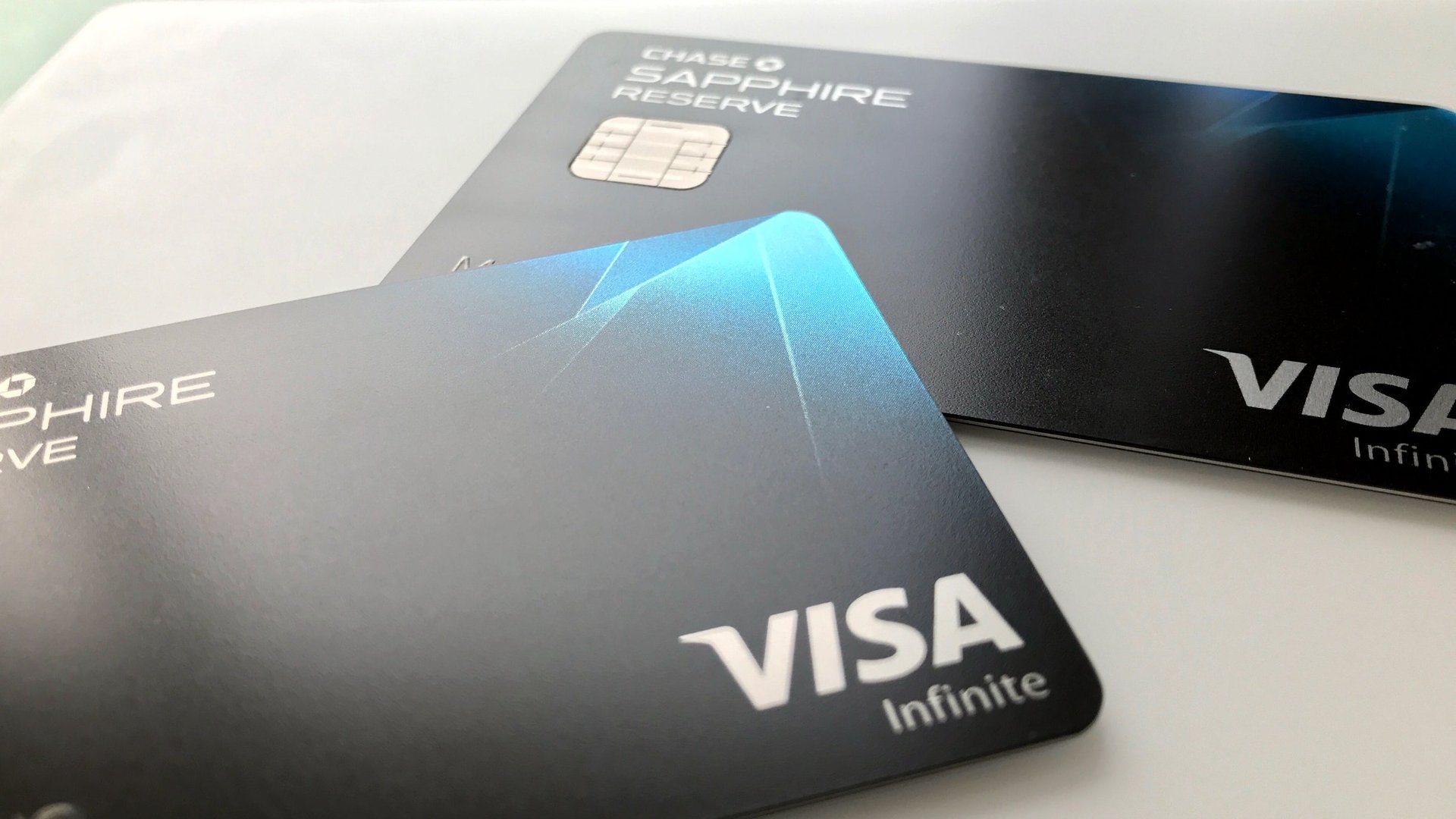You can up your points game, even if you miss the Chase Sapphire Reserve rewards bonanza
I just signed up for a new credit card this week. The wildly popular Chase Sapphire Reserve is scaling back its 100,000 bonus points promotion and I couldn’t resist getting grandfathered in before the points bonus gets cut in half. If I am smart, those points can buy me an overseas business flight—I can feel the flat bed and noise-canceling headphones on me now. Sure the credit card has a steep $450 annual fee, but after all the perks it nearly pays for itself, assuming in 2017 my family doesn’t stage an intervention hoping to end my point obsession (I doubt they will, because they enjoy the benefits, too).


I just signed up for a new credit card this week. The wildly popular Chase Sapphire Reserve is scaling back its 100,000 bonus points promotion and I couldn’t resist getting grandfathered in before the points bonus gets cut in half. If I am smart, those points can buy me an overseas business flight—I can feel the flat bed and noise-canceling headphones on me now. Sure the credit card has a steep $450 annual fee, but after all the perks it nearly pays for itself, assuming in 2017 my family doesn’t stage an intervention hoping to end my point obsession (I doubt they will, because they enjoy the benefits, too).
My point balance is one of my larger assets. I am a retirement economist, but truth be told, I probably spend more time managing my portfolio of credit cards and optimizing my point redemptions than I do on my retirement accounts. In part because it is fun and the things you use points for are nice to think about, like booking vacations with airlines and hotels. But the process also excites my inner risk nerd. The programs are so intricate. The point accumulation formulas and what you can exchange points for don’t follow a linear relationship. That means there are multiple strategies that appear equally lucrative.
Points introduce risk into your life that is difficult to diversify. Point inflation is rampant, the rules constantly change, and points are hard to convert to other currencies. And just like personal finance you need to alter your points strategy when you alter your life.
For several years I flew frequently for work. Back then I had single-minded obsession: gaining elite status on an airline. I never cared about how many regular points I could rack up with card purchases, because except in rare cases, you only get elite points by flying on an airplane. (You can also buy elite points for a large markup that increases exponentially as you approach December and your airline status is reset based on your year of flying.) And I never redeemed points because award travel doesn’t contribute to status. Elite status comes with upgrades, shorter security lines, special hotlines to customer service, and the smug elitism you can lord over less dedicated travelers. It meant a lot to me back then.
But once you stop flying every week, all these benefits aren’t worth as much. It was time to adjust my strategy. I started to assess my total point balance instead of my elite point balance. And I started spending my points. How fast you should spend them is a hard question. On the one hand, the instability of point values, whether caused by travel industry mergers or point devaluations, argue for spending points quickly. On the other hand, a healthy point balance is a form of asset diversification. If you do your research, points can purchase travel benefits at a more favorable rate than cash. I try to use my points for high-value rewards, like overseas business class flights and hotels. Brian Kelly, aka “the points guy,” says your spending rate should depend on how “point rich, cash poor” you are.
I am no longer so point rich because I don’t fly as much and haven’t even bothered with airline loyalty. But I do now have a Chase Sapphire Reserve card, which comes with rewards so lavish that JPMorgan Chase warned it would take at least a $200 million hit to its fourth-quarter earnings because of the cost of the card program. (The expense explains why Chase is reining in the rewards now.)
In 2017, I need to replenish my points and up my credit card game. Credit cards are now my primary source of new points. Thus I signed up for the new card. I will use it when I buy travel, because I get triple points. I’ll use another card for groceries, because it gives me double points on them. Taking the time to decide what credit card to use requires careful attention and keeping up to date with the rules (which change constantly). It’s a significant investment of time and energy. Is it worth it? It depends if you travel more than once or twice a year and if you enjoy playing the game.